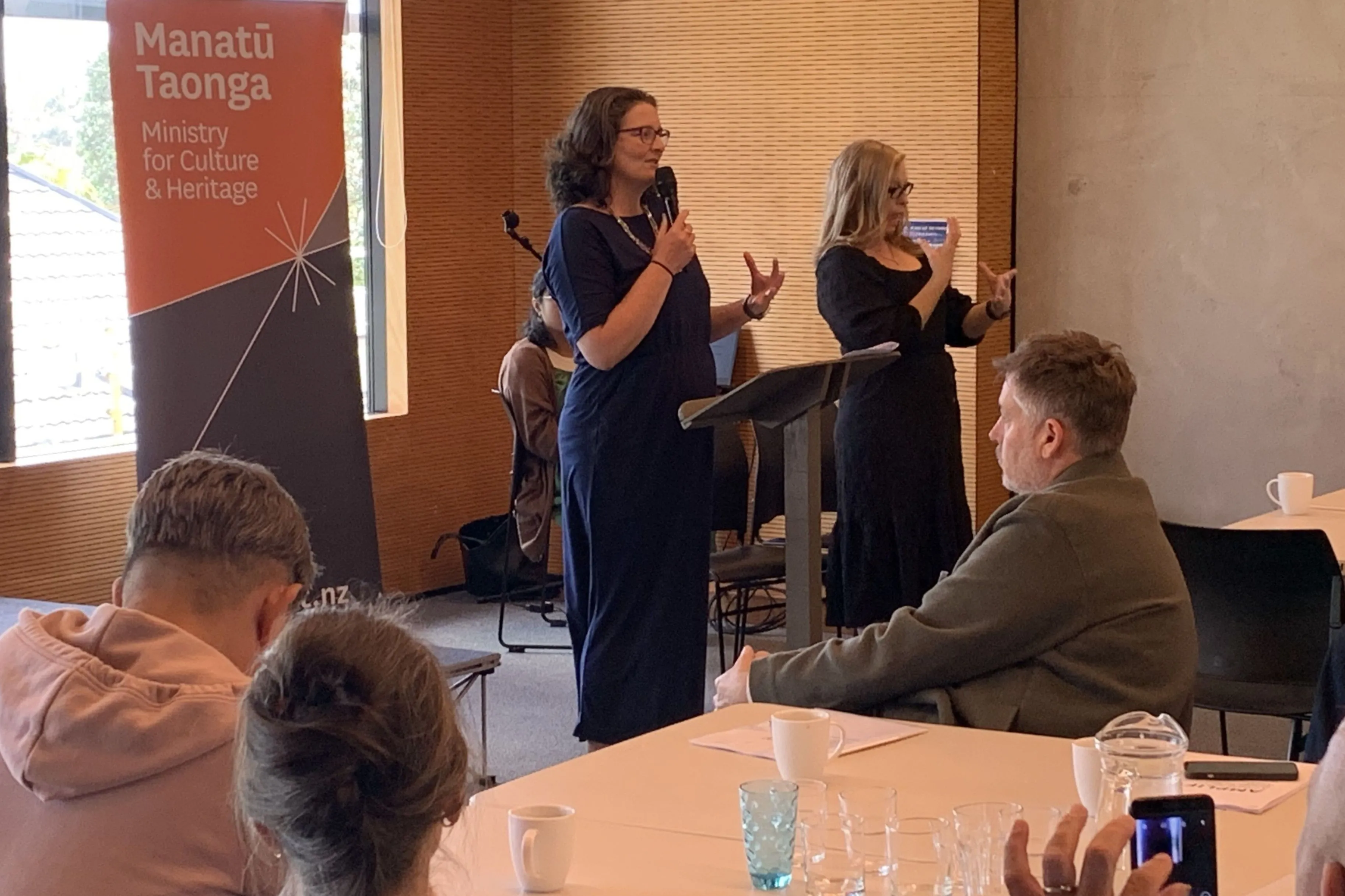'Hundreds Of Submissions' - MCH Working Through Amplify Feedback
Manatū Taonga update the progress of the long-awaited Creative and Cultural sector strategy, after the arts community made its feelings heard.
Written by

After being elected in late 2023, the National-led coalition government will be locking in its Creative and Cultural Strategy this year.
In November last year, Minister for Arts, Culture and Heritage Paul Goldsmith revealed the draft strategy for Amplify - with Manatū Taonga Ministry for Culture and Heritage (MCH) opening a public feedback window that closed in mid-December.
Amplify's four key targets to achieve by 2030 are listed as:
- New Zealand to rank among the top 25 nations in the world for culture and heritage ‘soft power’
- The median income for creative professionals to more closely match the median wage/salary income of the country
- The GDP contribution from the arts and creative sector to increase to at least $20 billion
- More New Zealanders to actively engage with New Zealand arts, culture, and heritage
To achieve the above targets, Goldsmith identifies three strategic pillars "to outline actions the Government will take over the next six years to reach these targets."
- Maximising impact through the $450m annual Crown investment
- Nurturing talent and supporting a pipeline to provide sustainable career opportunities
- Reducing barriers to growth – modernising and streamlining government regulation to enable our cultural sectors to thrive
The public consultation window was an opportunity to assess the strategy’s listed priorities, laid out to project some mid-to-long term goals for the creative and cultural sectors.
Emily Fabling, MCH’s Deputy Secretary for Policy, Performance & Insights reveals that the organisation received 704 submissions on what that strategy should look like - with more than a hundred people providing feedback in person at workshops on top of that.
She told The Big Idea “I have had good (and often robust!) conversations with many artists, content producers, heritage practitioners, advocates, small business and sector leaders about Amplify, especially during the six weeks of consultation.
“While there has been a wide range of views and experiences expressed, one thing was abundantly clear: there is broad support for a whole-of-government creative and cultural strategy.”
Since returning from the Christmas break, MCH has been analysing those submissions, with the Ministry planning to publish a summary on Amplify in March.
Fabling explains the process from here.
“Our small policy team is reading every submission to draw out major themes and common threads from the variety of submissions. and we’ll be doing it using real people, not AI, so that the nuances and views you’ve shared are analysed with a human perspective.
“Your submissions will form the foundation of the advice that we provide to Minister Goldsmith about what changes could be made to the strategy, before the strategy moves towards finalisation and implementation.
“Because this is a government strategy, this means further engagement from us with our counterparts in other government agencies who look after education policy, local government and technology policy, for example – particularly where Amplify actions relate to them or their Ministers’ portfolios.
“The Minister then needs to agree the final strategy with his colleagues around the Cabinet table before it can be publicly launched.”